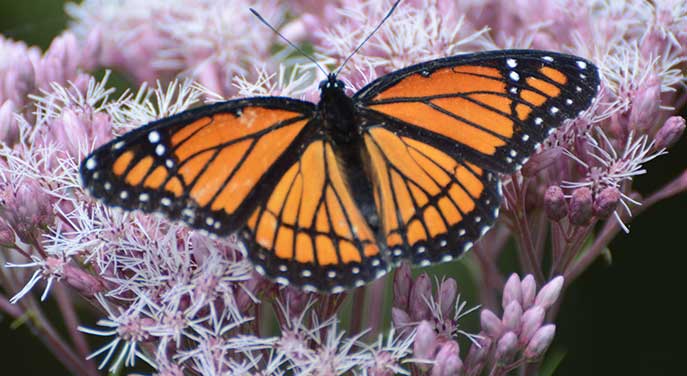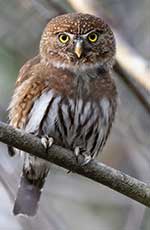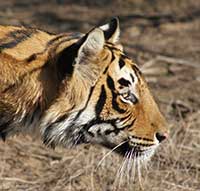 What you see may not be what you get when it comes to the natural world.
What you see may not be what you get when it comes to the natural world.
Many animals use mimicry to fool predators and prey into thinking they’re something else, with insects putting on the best show in this regard. Tens of thousands of species of insects aren’t what they seem at first glance.
But it’s not just bugs that do this. Let’s look at a few examples and see what they’re up to and why.
Recently, walking sticks have been evident in my yard. They’re fairly large insects that reach lengths of 10 cm in our area and over 33 cm in places like Malaysia. They look almost exactly like sticks, with a long, thin, wood-coloured body and spindly legs. They very slowly manoeuvre through the foliage searching for tasty plants on which to feed.
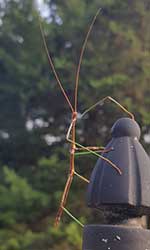
Walking stick
Since they mimic small sticks in appearance, they’re hard to see and they use this as a survival mechanism.
Cleverly, they lay eggs that look like seeds but contain a material called capitulum, which is attractive to various species of ants. The ants take the egg, thinking it’s a seed, eat the capitulum and discard the uneaten egg at the bottom of their nest, thus protecting the egg from outside parasites or predators.
One of the best mimics that’s much easier to see is the viceroy butterfly, a tiny version of the monarch butterfly which many predators avoid because of its unpleasant taste. It seems many animals avoid the viceroy and look for a tastier meal. So why not look like a critter that bothers the palate of predators?
Many butterflies use a different form of mimicry to hide. The morphos butterflies of the tropics are large, beautiful, iridescent blue insects, evident as they flop through the forest’s understory. But as they land, they show the underside of the wing and instantly disappear. The upper wing is bright blue but the underwing looks like a brown, dried-up old leaf.
The northern pygmy owl is a diminutive species of southwestern United States. It looks just like a typical owl from the front – small, round face and big bright eyes. But looking at the back of its head, we see something odd – it has another face, complete with eyes and a beak. Actually, the back face is fake – it’s simply feathers coloured and arranged to look like a face.
Predators don’t like being spotted by their prey, so the fake face fools the predator into thinking it’s being watched by the owl and it seeks less attentive prey.
Opossums are increasingly common in southern Canada. They forage and scavenge primarily at night and have an odd adaptation. When threatened, they mimic death – rolling over and not moving. Even persistent prodding by a predator doesn’t result in them fleeing. Most predators don’t eat carrion, so this ‘dead’ carcass isn’t palatable to them.
Even some plants use mimicry to fool prey. The rafflesia is a gorgeous Malaysian plant – but it smells like rotting flesh, so don’t get this for your lover on Valentine’s Day.
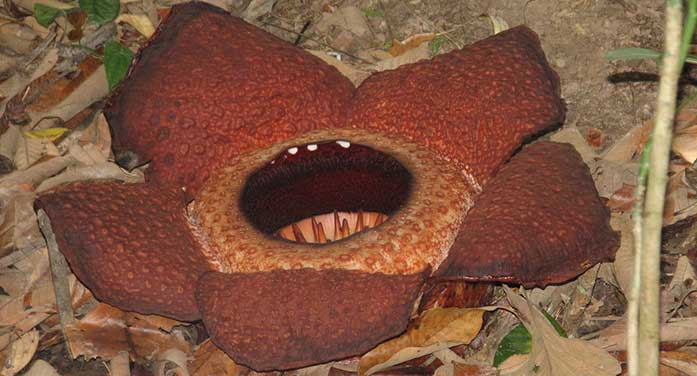
Rafflesia flower
The smelly concoction attracts flies that seek out rotten meat to lay their eggs. Thinking this is the perfect ‘carcass,’ the flies drop into the cup-shaped flower, laying their eggs and inadvertently pollinating the plant. The rafflesia grows in dark forest environments and pollinators are scarce, so this mechanism ensures fertilization.
Coral snakes are a highly venomous species of Central and South America. Brightly patterned in black, red and yellow, many other animals recognize them as dangerous and flee. The similar-looking king snake has evolved to mimic the colours of the coral snake but isn’t venomous.
Tigers and zebras use light and shadow to hide their profiles, mimicking shadowy grasses with their stripes.
Take a look around nature and you’ll find many examples of mimicry, usually designed to protect prey species from predators. But as you can see, some also use the tactic to fool prey and ensure a tasty meal.
Geoff Carpentier is a published author, expedition guide and environmental consultant. Visit Geoff on LinkedIn, Instagram and Facebook. For interview requests, click here.
The opinions expressed by our columnists and contributors are theirs alone and do not inherently or expressly reflect the views of our publication.
© Troy Media
Troy Media is an editorial content provider to media outlets and its own hosted community news outlets across Canada.

